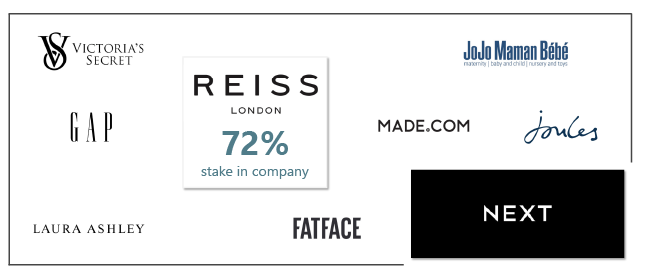How are UK companies creating wealth?
The Artemis UK income team believe many of their portfolio companies are enjoying their best competitive environment for more than a decade. The team explain how these companies creating wealth.
The era of quantitative easing was party time for cash-consumptive growth stories, while free money offered a free ride for businesses whose primary model is based on financial engineering. Rising interest rates brought this party to an end. The resulting environment is the best competitive landscape for more than a decade for the types of companies that the Artemis Income fund invests in.
Whilst interest rates may fall from here, we think it is very unlikely that they will go back to zero, not least as governments have shown a proclivity to keep spending until bond markets put their credit on hold. At long last, financial gravity has returned and the pendulum is swinging away from undifferentiated disruptors and back to enlightened incumbents with the scale and financial strength to thrive.
UK companies using capital to create wealth
When we assess the investment case for a company we want to know if the management team think and act like owners when they allocate capital.
When share prices were weak, share buybacks made sense. We see this as a wealth transfer from disinterested, price insensitive sellers to patient shareholders. Welcome as it has been, we are now looking beyond buybacks for companies that are using capital for wealth creation.
One example is M&A, where skilled management teams can enhance value for business owners. When debt capital was abundant and priced off zero-rate government bonds, private equity – thanks to high degrees of leverage – had a strong advantage over publicly listed companies using share capital. As the cost of capital has normalised, this situation has reversed, with long-term owners now in a position to use public equity to enhance value.
We would like to highlight two examples in our portfolio.
Aviva/Direct Line
The first is Aviva’s £3.7bn acquisition of Direct Line. Aviva was already the UK’s biggest insurer, and the addition of Direct Line makes it the largest home and motor insurer, with a 20% share of the UK motor market. We think it is a very attractive deal that works on multiple levels. We like the fact that it was thoughtful and strategic, but also opportunistic and decisive – a characteristic of the best and highest-returning deals. We expect considerable cost synergies, from the reduction in overlapping roles and leverage of the Aviva platform. We think there is further scope from technology being applied at a larger scale. Aviva will have a book of 25 million customers with plenty of data. Digitalisation is a generational opportunity to better serve and create more value for these customers.
Informa
The second is our holding in Informa, which late last year bought a 57% stake in NASDAQ-listed entity TechTarget. Informa is the global leader in business-to-business events and has grown from 10 trade fairs 12 years ago to a portfolio of over 600 of the world’s leading exhibitions brands today. We still believe Informa to be significantly underappreciated, as the economics of these events are highly attractive and misunderstood. Cash conversion, profitability and return on capital are all high, and huge amounts of valuable and unique first-party data are created by these events. Informa – having invested materially in its technology stack – is increasingly beginning to monetise this data through improving the customer value proposition at these events. And now, through the acquisition of TechTarget, it is pushing into replacing what it has in the physical world into the digital world through high quality lead generation. Informa reached its scale position through many years of often share-based M&A, such that it is now two and a half times the size of the number two player.
Both these businesses have long time horizons and industry expertise that enable them to add more value than a pure financial buyer. And they both have platforms which have the capacity to be scaled up to meet increasing demand. This can enhance business performance in the assets they acquire.
Next’s investment in brands and platform
Next has been steadily investing and building capability in systems assets and technology to create a platform for selling not just its own clothes, but other brands too. Next’s ability to create value is evidenced by the growth of its Label platform. As well as selling other brands on its platform, Next has also been acquiring other brands, as can be seen below.
Next acquisitions and licensing agreements, 2021 onwards

Next has around 10 million active customers in the UK (in a population of 72 million people) and four million in the entire rest of the world (a population that now exceeds eight billion)1. Non-UK sales grew over 20%2 in the most recent reporting period and we feel that there is a long runway of growth at attractive returns on capital, led by a team of domain experts who think and act like owners (because they are). The summary is that NEXT is a local brand aggregator and a global brand operator.
From the return of capital to the creation of wealth
While we continue to welcome capital returns through sustainable and growing dividends, supplemented where judicious through share buybacks, we are also supporting companies to seek out growth opportunities to drive wealth creation. We believe the Artemis Income fund offers both the value of the UK market through share buybacks and the wealth creation that has – perhaps in the past fairly – been more readily associated with the US. There is very much life beyond buybacks.
Read part 1: Share buybacks… and beyond
Read part 2: Opportunities to invest in technological change in the UK

